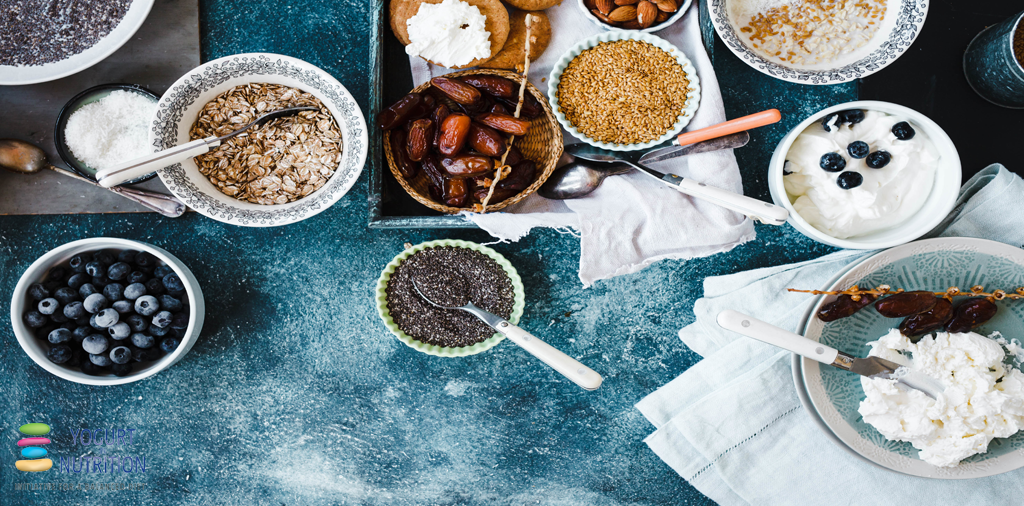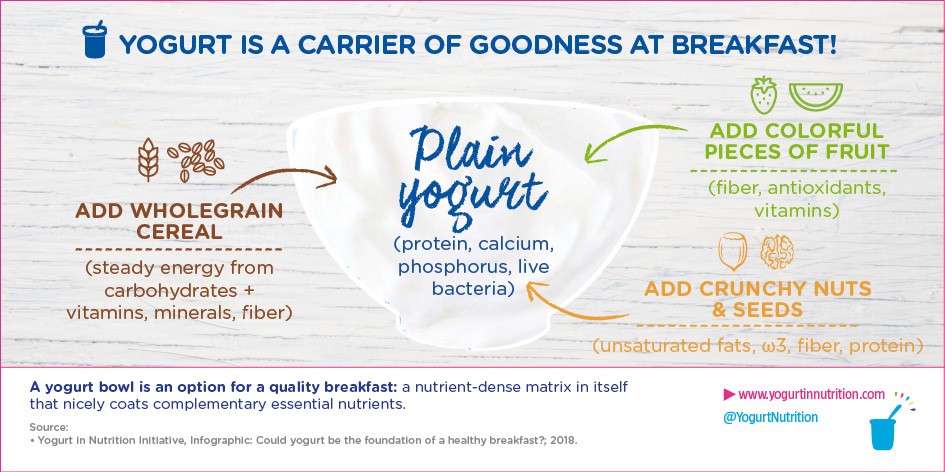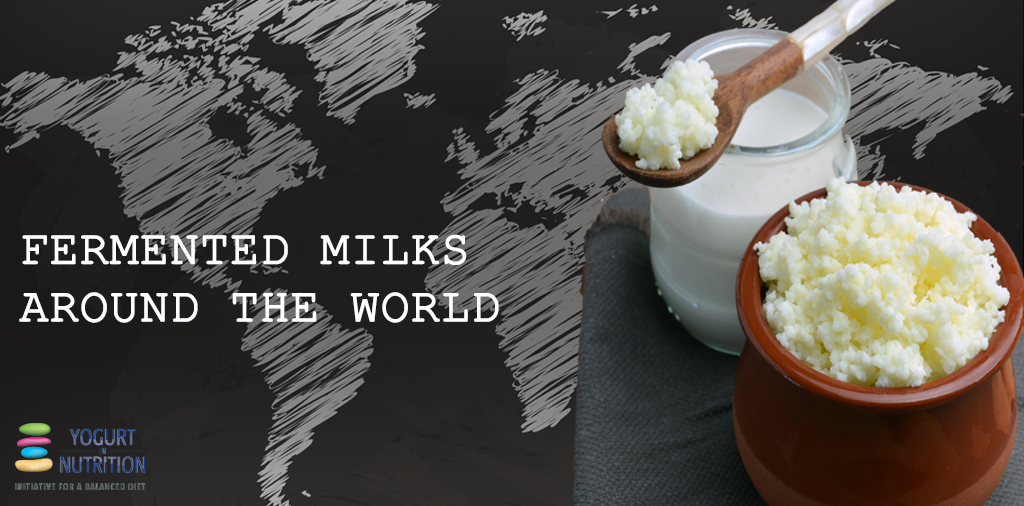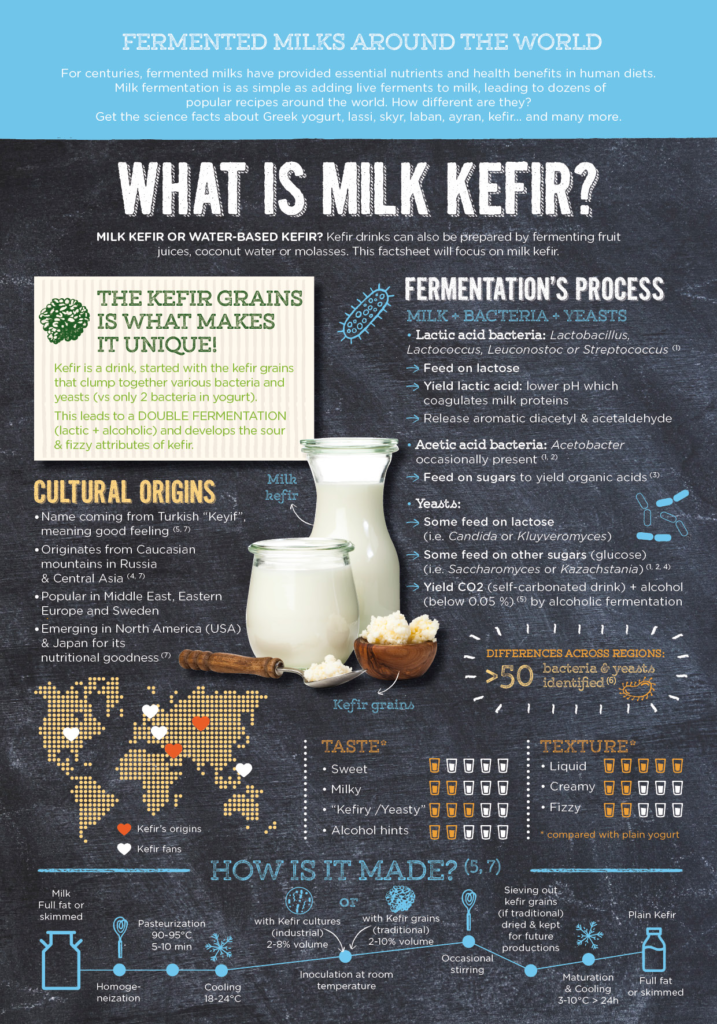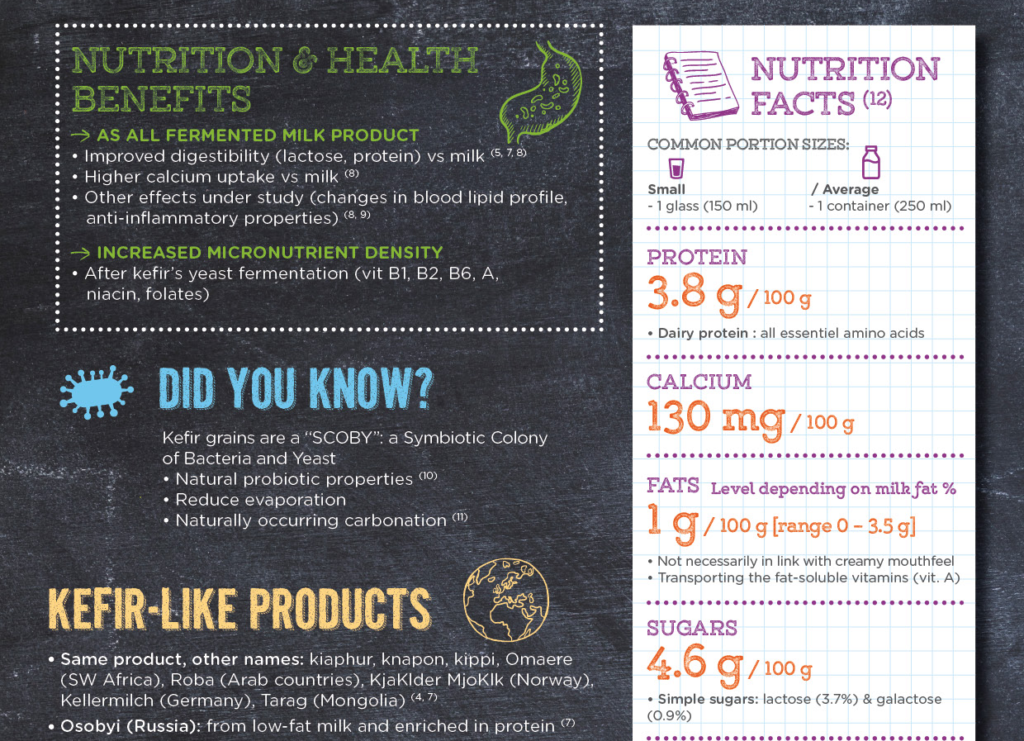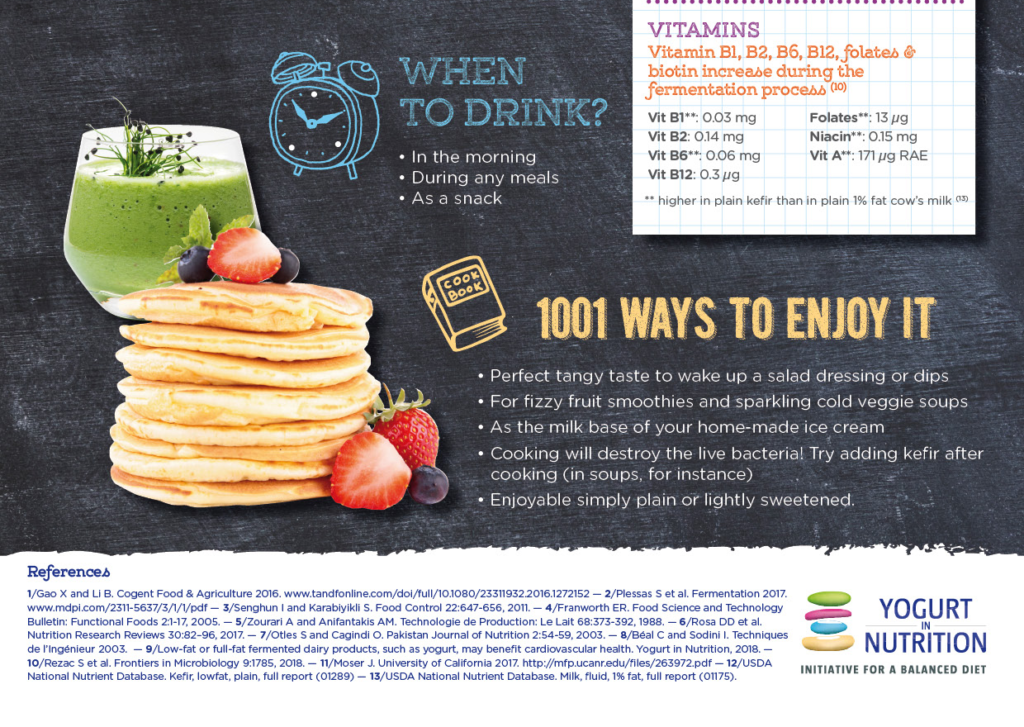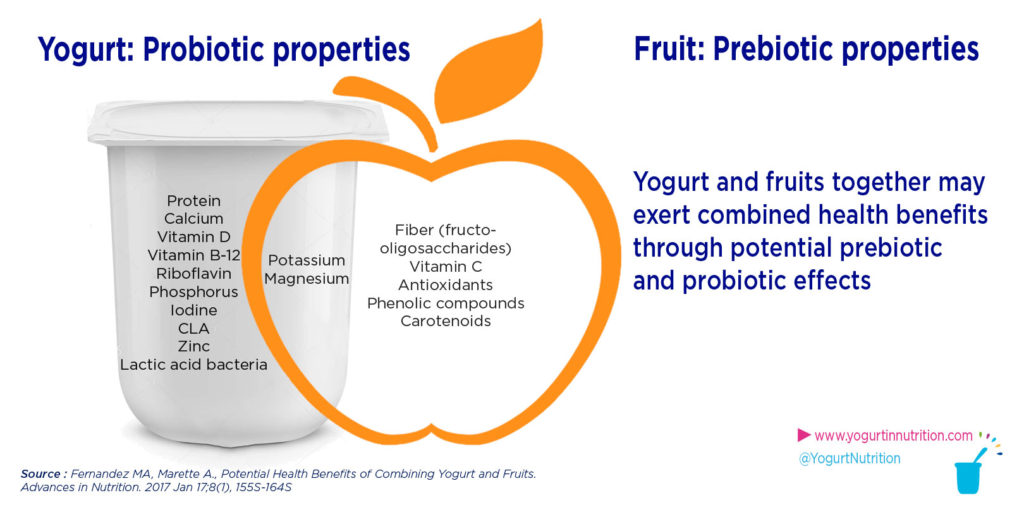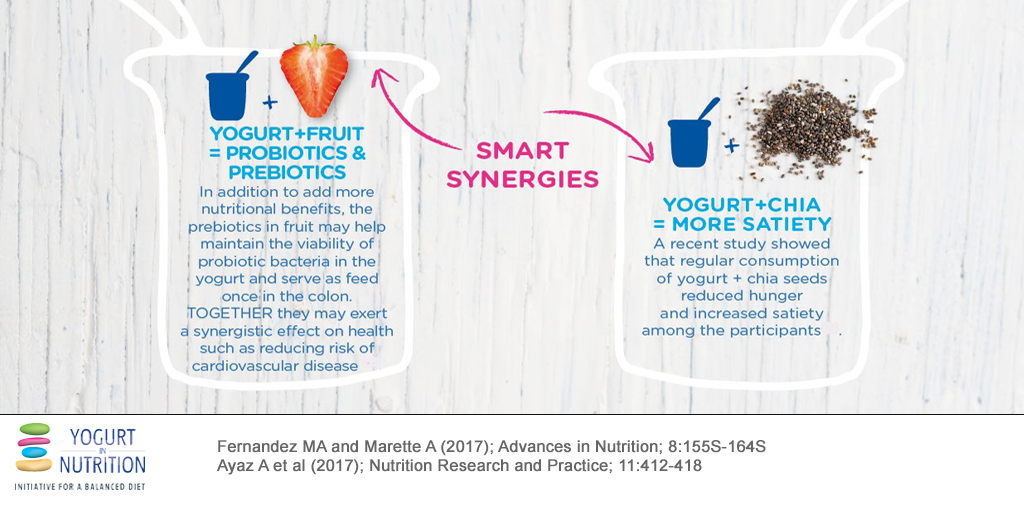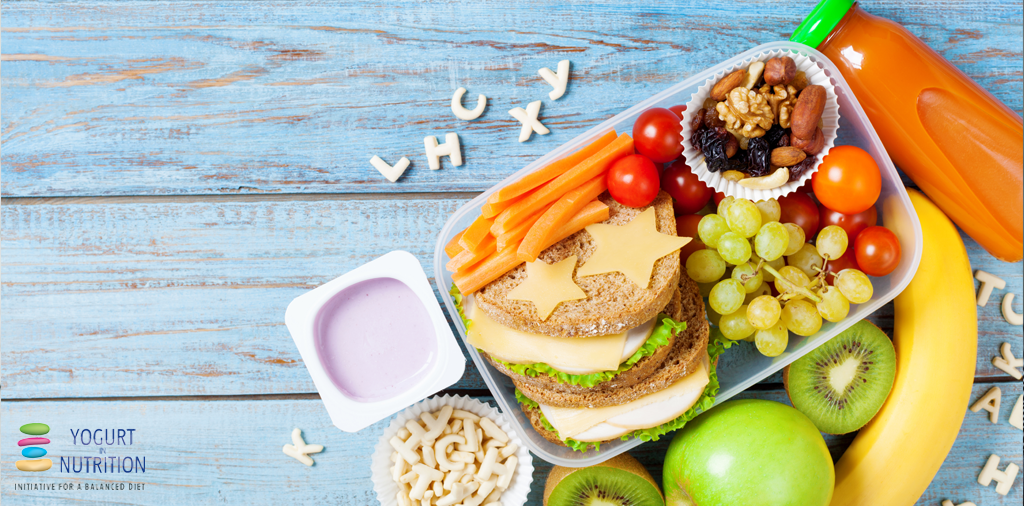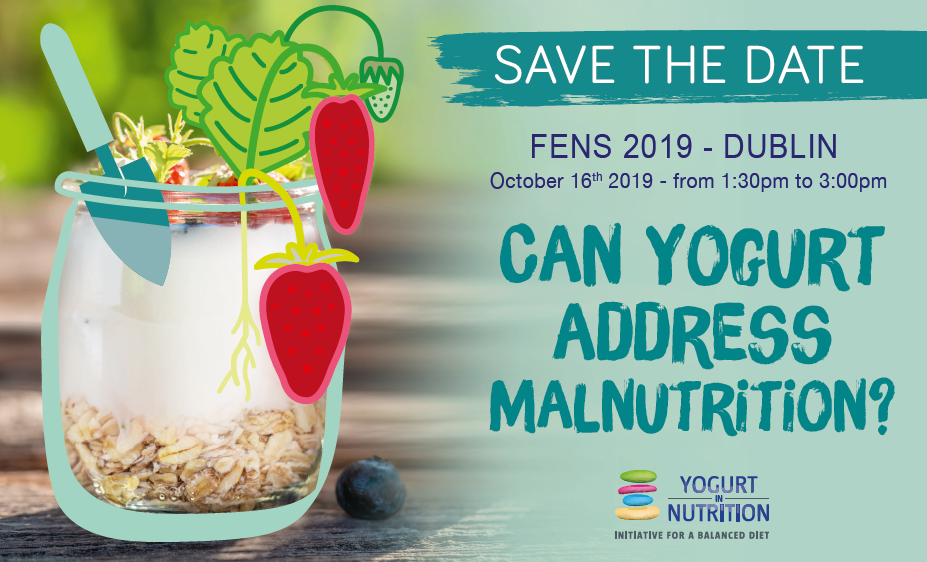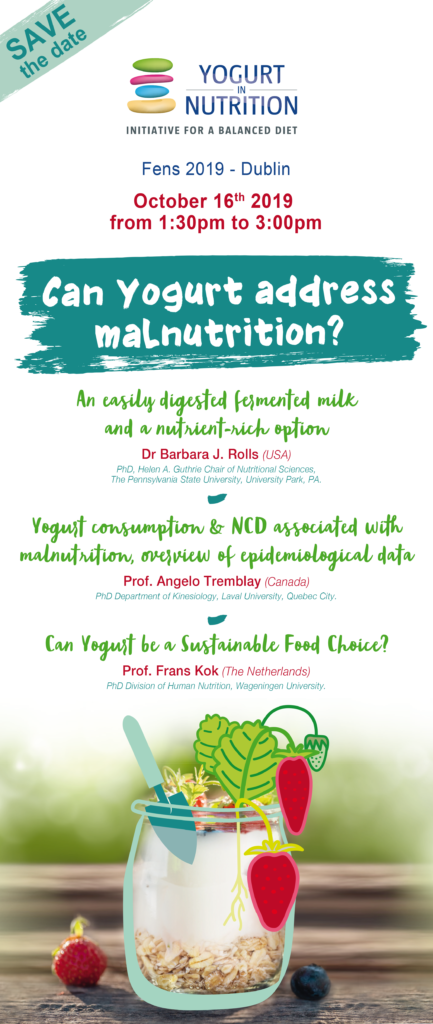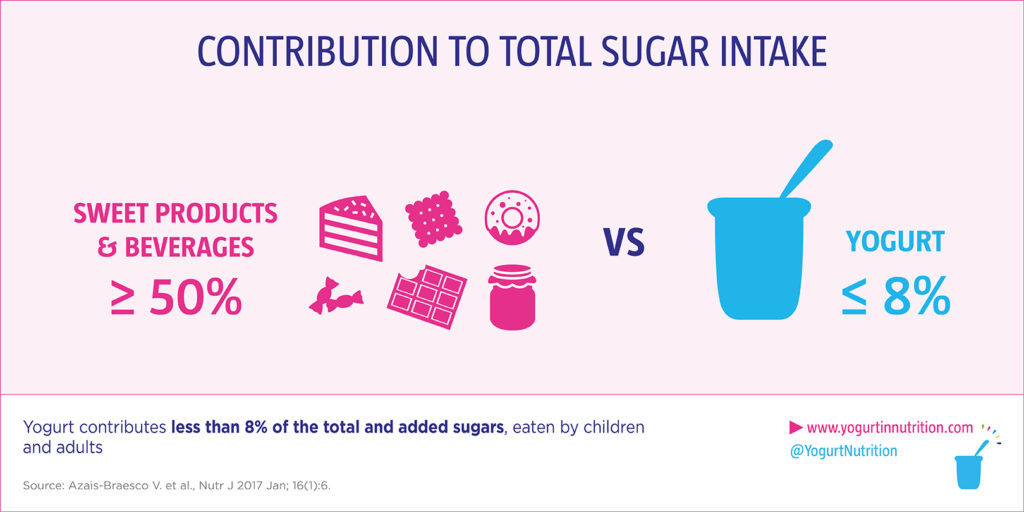Childhood is the prime time for laying the foundations of positive and life-long healthy eating habits. A report from a group of experts, Nurturing Children’s Healthy Eating, shows the key role of families in building good eating habits in children. Every month, we will bring you a summary post, highlighting some of the key messages taken from this report, in order to help families nurture healthier eating habits.
Remember the last time you had a nice meal with friends, enjoying a plate of your favorite food, in great company… and you can understand how the pleasure affects what, why and how much we eat.
Indeed, pleasure can be a lever for encouraging children to eat healthily.
Pleasure drives food choices
For children, eating is part of a learning curve during which they must learn what, when, how and how much to eat. Within this process, pleasure plays a role in driving food choices. This may be particularly true in children, as the other determinants of food choices (e.g. nutrition information, price) play a less prominent role due to their as yet immature cognitive abilities.
However, in a context in which the Western diet is widespread and energy-dense foods are over-abundant, pleasure can also be seen as a threat, adversely affecting both food choices and quantities consumed.
“Pleasure could be a valuable tool in promoting healthy eating because it drives food choices.”
In order to identify the circumstances in which pleasure can stimulate rather than hinder healthy eating, researchers have attempted to understand the mechanisms underlying pleasure and how exactly it drives food choices. Three main types of factors can influence our food choices:
- Factors related directly to the food we eat
- Factors related to the context in which we eat
- Individual factors.
Based on this observation, experts have identified three dimensions of pleasure in eating for children:
- Sensory pleasure
- Interpersonal pleasure
- Cognitive pleasure.
Sensory pleasure: liking food is a matter of flavor, texture and appearance
The pleasure we experience when eating a given food depends on its appearance, texture and taste, but also on its ability to satisfy our energy needs.
The sensory properties of food are indicators allowing us to recognize whether a food is safe and suitable for eating. Through our senses, we are able to identify and remember foods, detecting not only their flavors but also their energy density. Children are unconsciously able to associate the energy density of a food with its flavor and adapt their energy intake accordingly.
Sensory pleasure is partly determined by our innate liking of particular tastes (sweetness, saltiness, umami) and is learned partly in utero and during the first years of life. Infants often prefer the flavor of foods to which they were exposed prenatally and during breast/formula feeding. Their attraction to other types of foods will be shaped by experience. Thus, the eating experiences that parents or caregivers provide for children will be key to forming their future eating habits.
Many studies show that learning to like new foods relies on repeated exposure. However, the extent of this effect will depend on the type of foods proposed and/or on the individual child.
Interpersonal pleasure: social interactions matter
Eating is a social experience. The pleasure of eating is closely related to the social context of the meal. Eating together with parents, family members or peers, encourages social interactions that are crucial for the development of children’s eating habits.
At family meals, young children learn which foods are culturally preferred by watching and imitating other people. Social eating influences not only children’s food choices, but also their acceptance of new foods. This social modelling is a process that begins early, in the first year of life, and continues throughout childhood.
Studies have also shown that talking about what is eaten can be influential and may act on children’s enjoyment of mealtimes. It can be a valuable way to support healthy eating.
Cognitive pleasure: thoughts influence pleasure of eating
“It’s not enough for a food to be good to eat, it must also be good to think about”. This observation by Claude Levi-Strauss shows that thoughts and ideas also influence our food choices. Eating is associated with a set of thoughts, images and ideas.
The cognitive qualities of a food can be described as:
- Search qualities (before purchasing)
- Experience qualities (ascertained after purchase)
- Credence qualities (qualities indirectly related to the product such as brand, marketing…)
Marketing strategies such as brand, packaging and advertising commonly lend credence to a food product and create positive expectations about it. Hence marketing strategies can act as a lever to influence the pleasure of eating healthful foods in children of all ages.
However, it must be remembered that the way in which a child comprehends and responds to advertising varies with age and individual characteristics. Children become aware of brand representation between the ages of 3 and 5 years. Until the age of 7 or 8 years old, they tend to perceive advertising as entertaining or informative, which makes them particularly vulnerable to strategies designed to modify attitudes. After this, children start viewing advertising in a more analytical way.
Screen-based advertising, which relies largely on affective claims such as the use of characters, the taste of the food and suggestions that the food is fun, is particularly persuasive, even in older children.
This suggests that marketing strategies may be used to influence the pleasure of eating healthy foods at all ages.
The pleasure of eating is a complex phenomenon that may be divided into three dimensions: sensory pleasure, interpersonal pleasure and cognitive pleasure.
Sources:
- Haines J, Haycraft E. et al, Nurturing Children’s healthy eating: Position statement, Appetite, 2019, S0195-6663(18)31341-2.
- Danone Institute International, 2018, Nurturing healthy eating habits in children.
- Nicklaus S., Nurturing health through the pleasure of eating: the right choices from the start, 2018, DIPA (Danone International Prize for Alimentation), Press backgrounder.
References:
- Albuquerque P, Brucks M, Campbell MC, Chan K, Maimaran M, McAlister AR, et al. Persuading children: A framework for understanding long-lasting influences on children’s food choices. Customer Needs and Solutions 2018;5:38–50.
- Brug J, Tak NI, te Velde SJ, Bere E, & De BI. Taste preferences, liking and other factors related to fruit and vegetable intakes among schoolchildren: Results from observational studies. Br J Nutr 2008;99(Suppl 1), S7–S14.
- Caton SJ, Ahern SM, Remy E, et al. Repetition counts: Repeated exposure increases intake of a novel vegetable in UK pre-school children compared to flavour-flavour and flavour-nutrient learning. Br J Nutr 2013;109(11):2089-97.
- Cooke L, Fildes A. The impact of flavour exposure in utero and during milk feeding on food acceptance at weaning and beyond. Appetite 2011;57(3):808-11.
- Cruwys T, Bevelander KE, Hermans RCJ. Social modelling of eating: a review of when and why social influence affects food intake and choice. Appetite 2015;86:3-18.
- Fernqvist F, Ekelund L. Credence and the effect on consumer liking of food – a review. Food Quality and Preference 2014;32(PC):340-53.
- Hart KH, Bishop JA, & Truby H. An investigation into school children’s knowledge and awareness of food and nutrition. Journal of Human Nutrition and Dietetics 2002;15:129–140.
- Liberman Z, Woodward AL, Sullivan KR, Kinzler KD. Early emerging system for reasoning about the social nature of food. Proc Natl Acad Sci U S A 2016;113(34):9480–5.
- Lumeng J., Hillman KH. Eating in larger groups increases food consumption. Arch Dis Child 2007;92:384-7.
- Marty L, Chambaron S, Nicklaus S, Monnery-Patris S. Learned pleasure from eating: An opportunity to promote healthy eating in children? Appetite 2018;120:265-274.
- McAlister A, & Cornwell B. Children’s brand symbolism Understanding: Links to theory of mind and executive functioning. Psychology and Marketing 2010;27:203–228.
- Mennella JA, Jagnow CP, Beauchamp GK. Prenatal and postnatal flavor learning by human infants. Pediatrics 2001;107(6):E88.
- Piqueras-Fiszman B., Spence C. Sensory expectations based on product extrinsic food cues: an interdisciplinary review of the empirical evidence and theoretical accounts. Food Quality and Preference 2014;40:165e179.
- Remy E, Divert C, Rousselot J, et al. Impact of energy density on liking for sweet beverages and caloric-adjustment conditioning in children. Am J Clin Nutr 2014;100(4):1052-8.
- Remy E, Issanchou S, Chabanet C, Nicklaus S. Repeated exposure at complementary feeding to a vegetable purée increases acceptance as effectively as flavor-flavor learning and more effectively than flavor-nutrient learning. J Nutr 2013;143(7):1194-200.
- Roedder JD. Consumer socialization of children: A retrospective look at twenty-five years of research. J Consumer Research 1999;26(3):183e213.
- Schwartz C, Chabanet C, Szleper E, et al. Infant acceptance of primary tastes and fat emulsion: developmental changes and links with maternal and infant characteristics. Chem Senses 2017;42:593-603.
- Shutts K, Kinzler KD, DeJesus JM. Understanding infants’ and children’s social learning about foods: previous research and new prospects. Dev Psychol 2013;49:419-25.
- Story M, French S. Food advertising and marketing directed at children and adolescents in the US. Int J Behav Nutr Phys Act 2014;1:3.
- Wiggins S. Producing infant food preferences during weaning: the role of language and gesture in parent-child interaction. Appetite 2016;101(224).
- Wiggins S. Talking with your mouth full: gustatory mmms and the embodiment of pleasure. Research on language and social interaction 2002;35(3):311-336.

